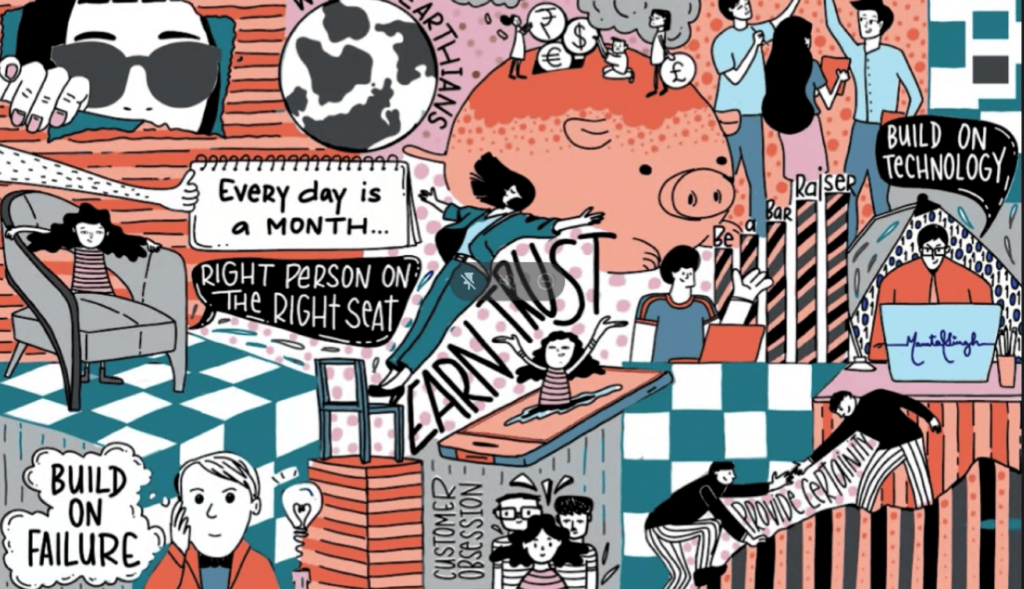Digital accessibility is a term used to convey that the information or content on a website or application is equally accessible to all. It impacts how people with disabilities access and interact with digital spaces. Oftentimes, the guidelines for digital accessibility cover the majority, but not all, as our understanding of the types of disabilities alone may still be insufficient.
What Is ADHD?
Learning disabilities need to be taken into account when designing a digital space. Attention deficit and hyperactivity disorder (ADHD) is a type of learning disability that is often overlooked. According to the study by Schein J. et al., an estimated 8.7 million adults in the United States have ADHD. It signifies an inability to regulate one’s attention span and the emotional reactions that can occur with hyperactivity. People with learning disabilities often face more barriers and require more time to learn to use a platform.
Barriers Faced by People with ADHD
People with ADHD are impulsive and can be easily distracted. Their attention can be scattered or hyper-focused. They cannot rely on short-term memory and have difficulty following multiple instructions. Many are trained to read and write, but digital skills may be poor. Many guidelines for other disabilities benefit people with ADHD.
Dos and Don’ts
Use dark letters in an easy font on a light background with sufficient contrast and white space. Use familiar terms, symbols, and locations to avoid having to learn new things. Use images and multimedia with a pause option to support information. Keep the content short and simple but not repetitive or predictable. No text-heavy content, implied information, and high-level language. Avoid pop-ups, interruptions, and excessive information.
Make navigation easy with a menu, clear headings, and structure. Consistent placement of submit and cancel buttons helps. Allow autocorrect, undo and save options, reminders, and removal of time-outs. Ensure processes do not require users to remember information. Make it easy for them to focus on the task by giving clear instructions to complete it. Offer help and support, and encourage them to share feedback about their experience.
Microlearning can be useful if it incorporates a clear learning path and tracks progress with built-in reminders. Problems that utilize their lateral thinking and personalized rewards motivate them. Although gamification sounds perfect for people with ADHD, it stimulates their unfavorable hypercompetitive behavior.
Resources That Help Improve Accessibility
People who have ADHD may already use several tools and resources to make their digital interactions easier. Let users personalize the interface with the necessary permissions for these assistive technologies. Abbreviation expanders, alternative keyboards, password managers, screen readers, proofreaders, word predictors, and speech recognition programs are some commonly used programs. Structured content using HTML, linear layouts, and descriptive links and headings go a long way toward effective screen reader usage.
Digital accessibility is a basic human right. Educate, evaluate, and evolve to build an inclusive digital environment. Amnet’s Digita11y offers free digital accessibility scanners and solutions that help you evaluate your websites and digital documents. The detailed report highlights accessibility issues and provides customized solutions that help you stay ahead of the curve.
Sources



